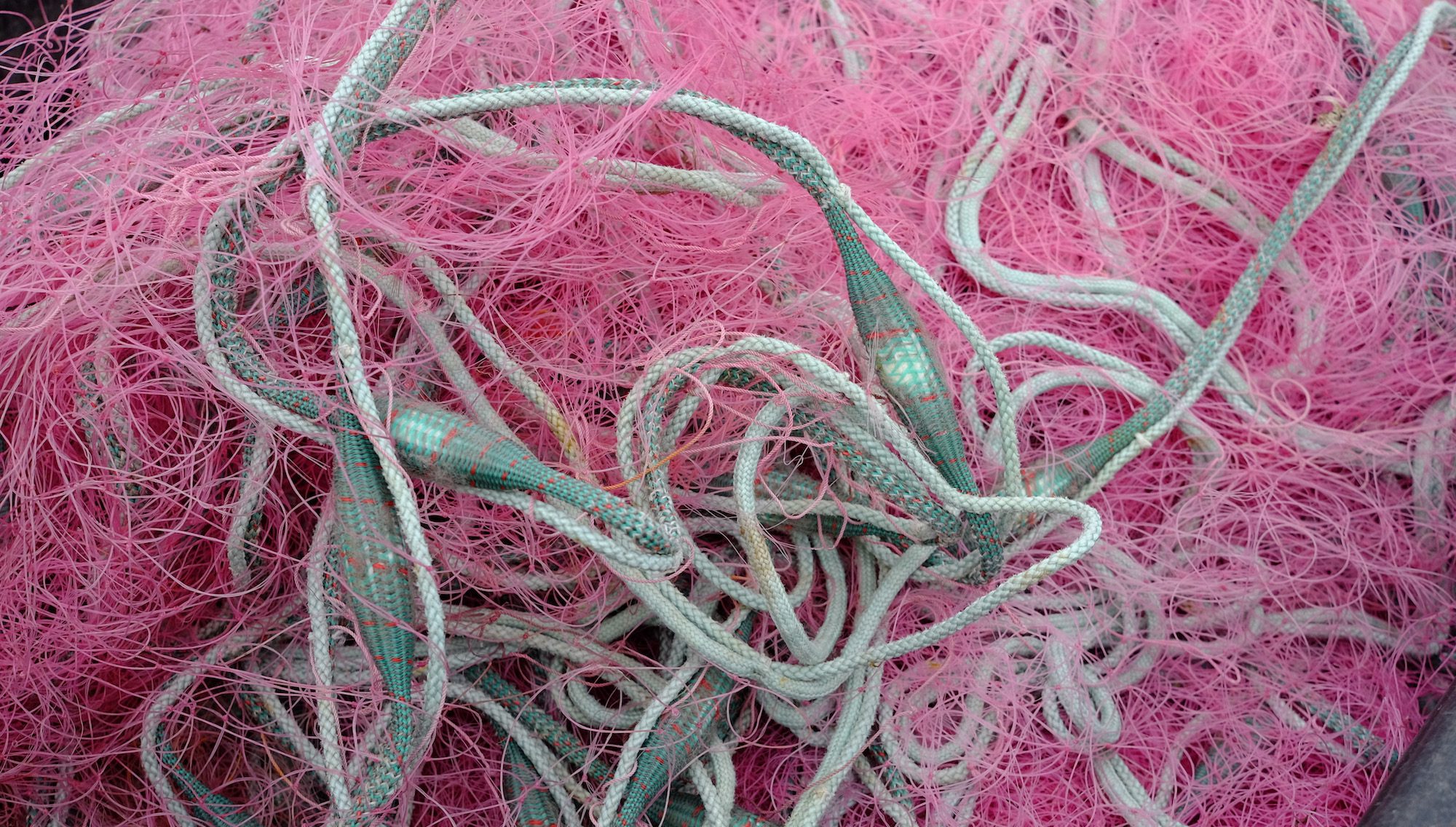Transcript
Theme Music – Pling by Dorian Roy
Walter Waldman
If we want to make better choices for our lives or for the world, we must have the proper knowledge to back these choices. For instance, if we want to buy a plastic product, we might want to know if the chemicals inside the plastics are renewable or not, if they are harmful to the environment, if they are bad for our health. So we must have this knowledge so we can do good choices for us or for the world.
Anja Krieger
Welcome to the Plastisphere podcast. This is Anja Krieger with the PlasticsTreaty Shorts. Today you’ll get input from Walter Waldman from Brazil. Walter is a chemist at the Federal University of São Carlos. He has investigated how plastics fragment into smaller pieces, and what this means for the environment. Walter also did a super interesting study with the Soil Lab here in Berlin at the Berlin Wall which once divided our city into East and West. At a popular place for grafitti artists, they collected and analysed the soil, and looked for fragments of plastic. All around the wall, they found scattered microplastics from the color in the spray cans. So grafitti art, like so many other activities, can add to plastic pollution. But what kinds of chemicals are attached to these particles? This is a huge question, since we mostly have only rough knowledge about the chemicals in each plastic product. It’s this issue that Walter tells us about in the voice message he sent me. Let’s hear more from him.
Walter Waldman
We have today an interesting situation regarding the knowledge on the chemicals inside the plastics. We know which kind of chemicals we have there. So we know for some applications we must have flame retardants inside the plastics, but we do not know which chemical, which flame retardant is there. And it’s important because we have some kind of dynamics regarding the safety of the chemicals inside the plastics.
So some chemicals we used 30 or 20 years ago are not allowed to be used anymore. But the plastics with this kind of chemicals are still in the market, are still in our lives. So Because of the recycling or circularity, they are coming back because they are eventually disposed and then they come to the recycling and then they are back to our products again. So it’s bad for circularity.
In the future, we might have a different knowledge about the chemicals we are using today. So in the future, we might, uh, we might have the need to get rid of some chemicals in our plastic chain and we are not allowed to do that properly if we do not have the knowledge about which chemicals, which additives are inside the plastic. So it’s bad for circularity.
Another point about the knowledge on the chemicals inside the plastics. Some products, some plastics in our lives, like the paints in our house, the textiles we dress and the tyres in our cars, they are plastics and they are going to release, no matter what, microplastics to the environment. They are going to be eroded, they are going to be worn down and the microplastics are going to the environment. So we need to know the chemicals inside these plastics so we can choose better the additives. So we are going to impact less the environment and our health because they are going to go to the environment, no matter what. So knowledge is key here.
Anja Krieger
That was Walter Waldman from Brazil. So what we need is transparency. Similar to how food products contain a list of ingredients, we need to know which chemicals plastic products contain. This is not an easy task, but it would be a huge step if producers lifted the secret around the chemicals they use. Right now we are blindly dealing with a cocktail of chemicals we don’t really understand. Scientists have to reverse engineer to find out what’s in these products, and this is expensive and tedious. Knowning about the chemical ingredients of plastics would give us the chance to decide which risks we are willing to take or not – as a society, and as individuals.
That’s today’s input for the path to a global plastics treaty. Many thanks to Walter for sending over this message! If you have a thought to share, send me a voice message. My mailbox is open until the end of the treaty negotiations. My email address and recording instructions are in the shownotes, and some messages will be published. Don’t be shy if you have a different opinion – I want to hear them all. See you soon for the next episode of the Plastics Treaty Shorts! Bye-bye.
